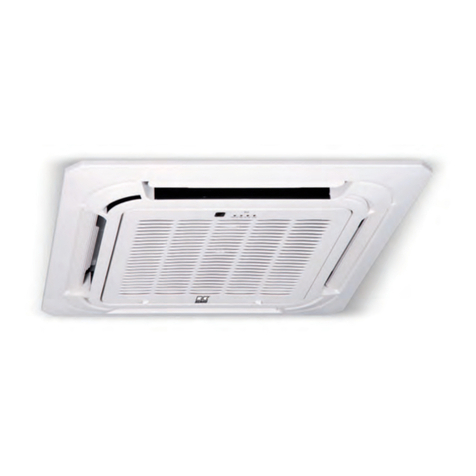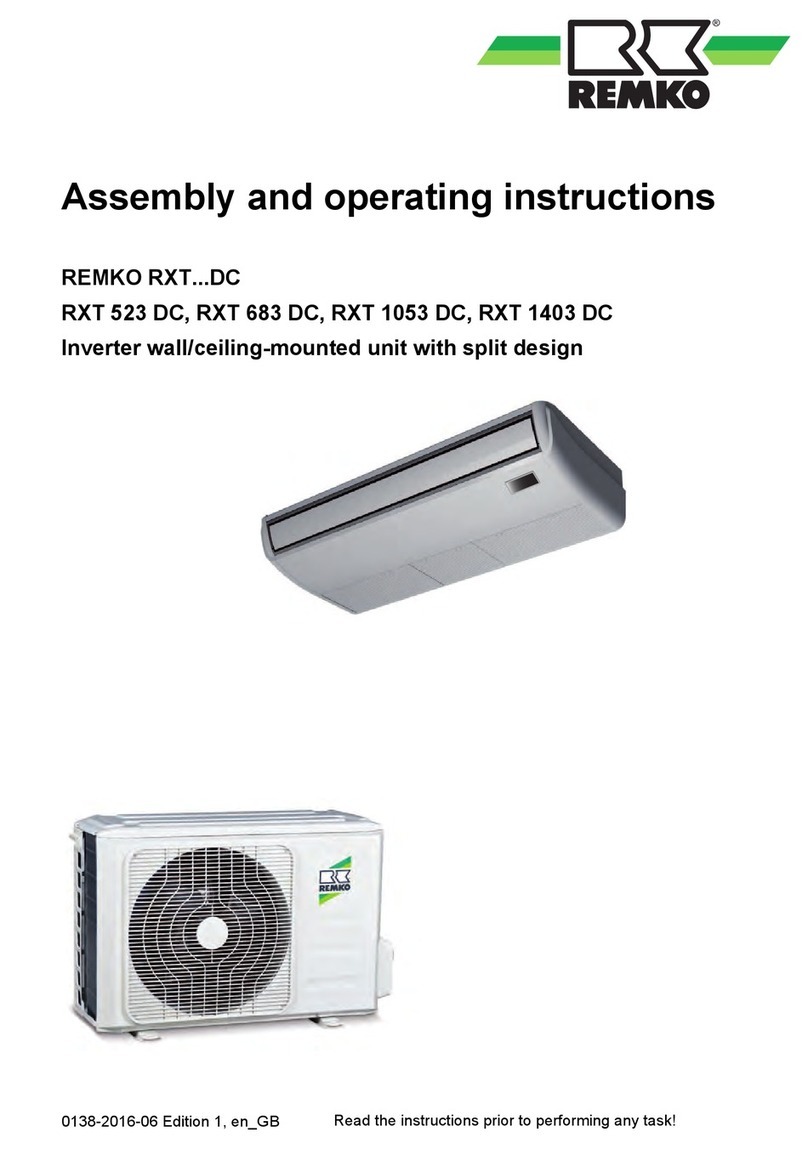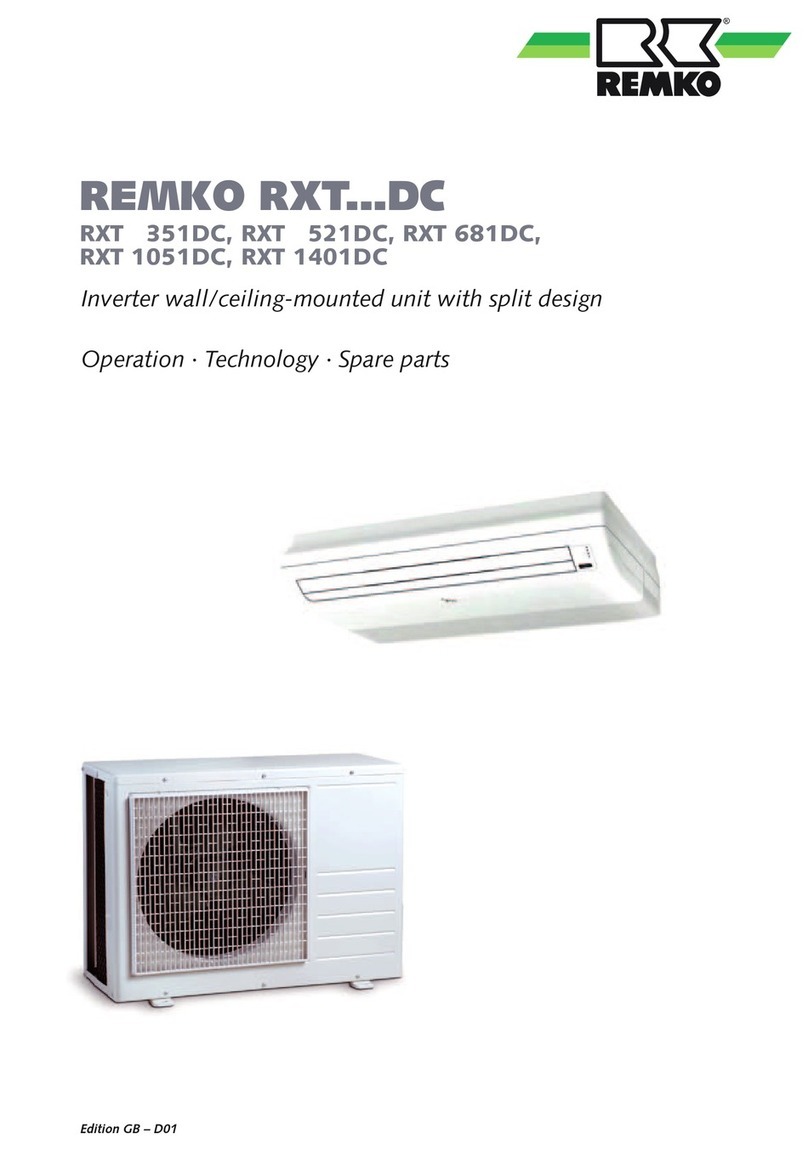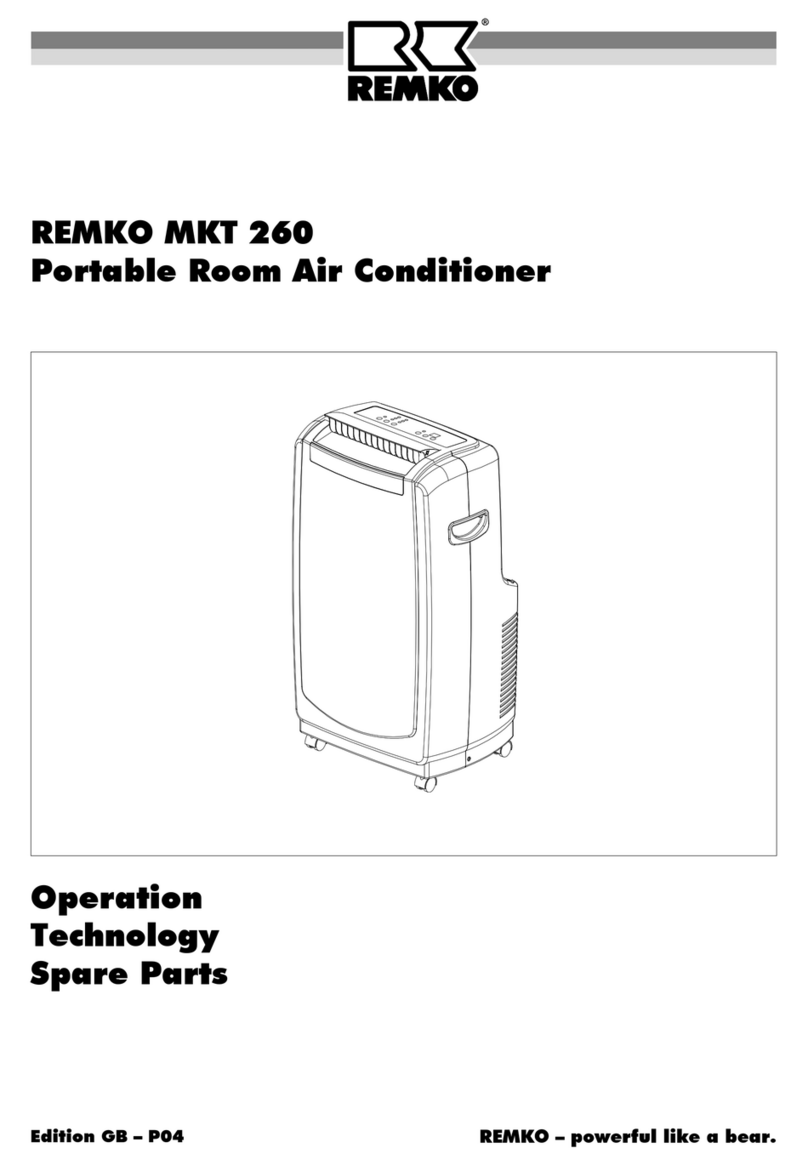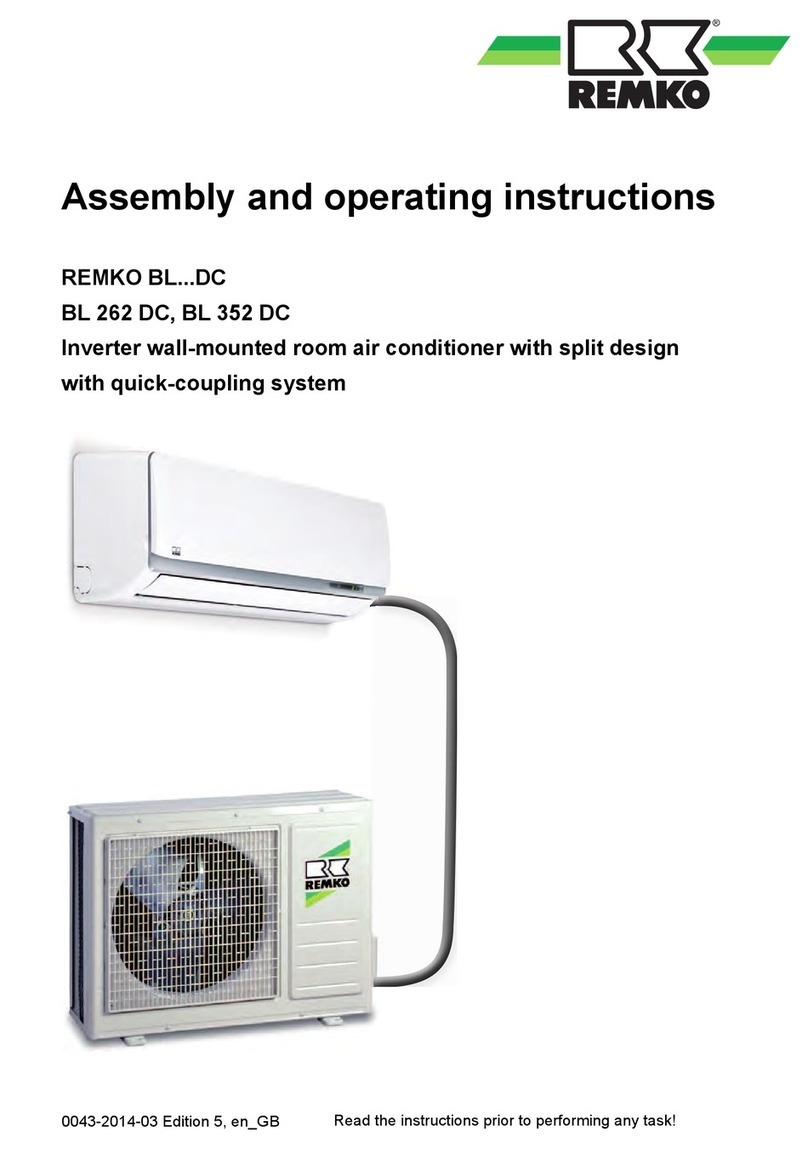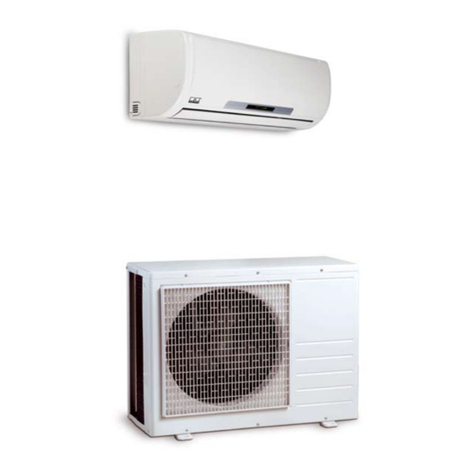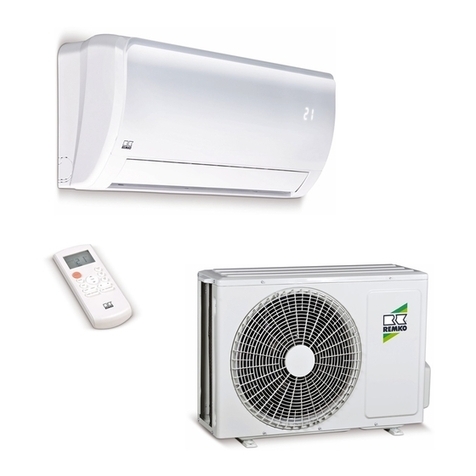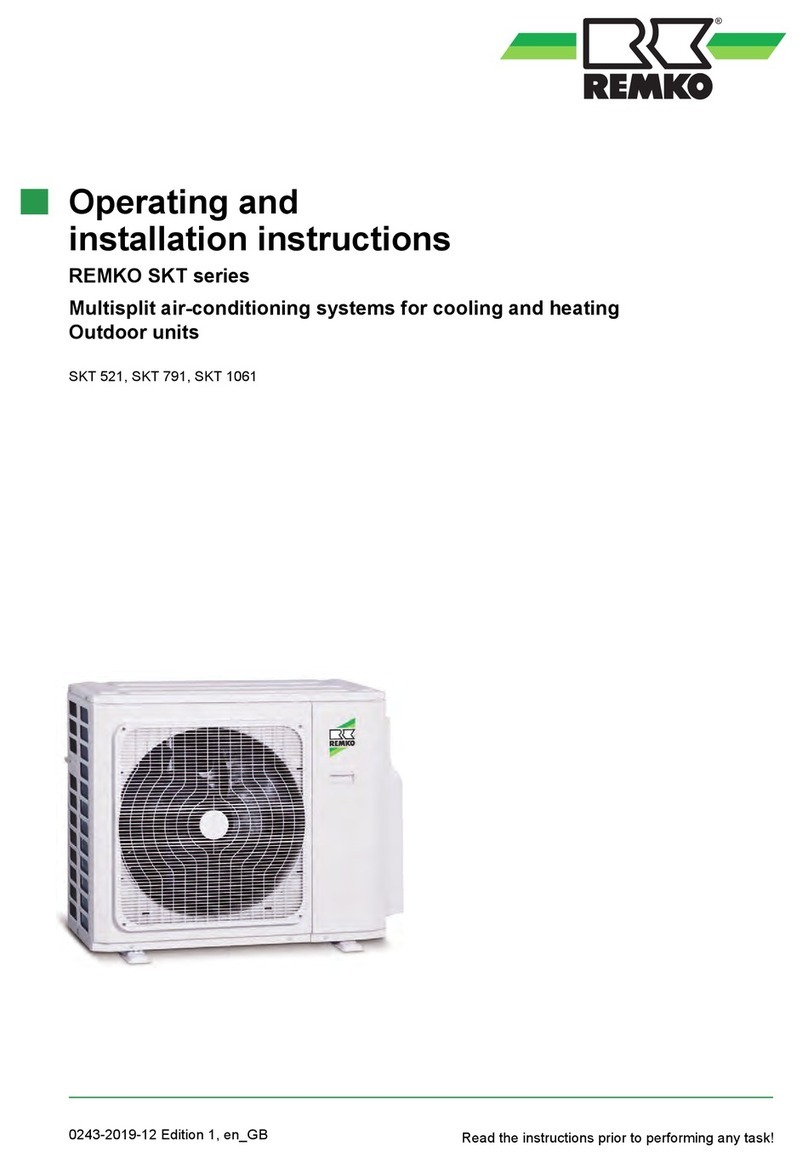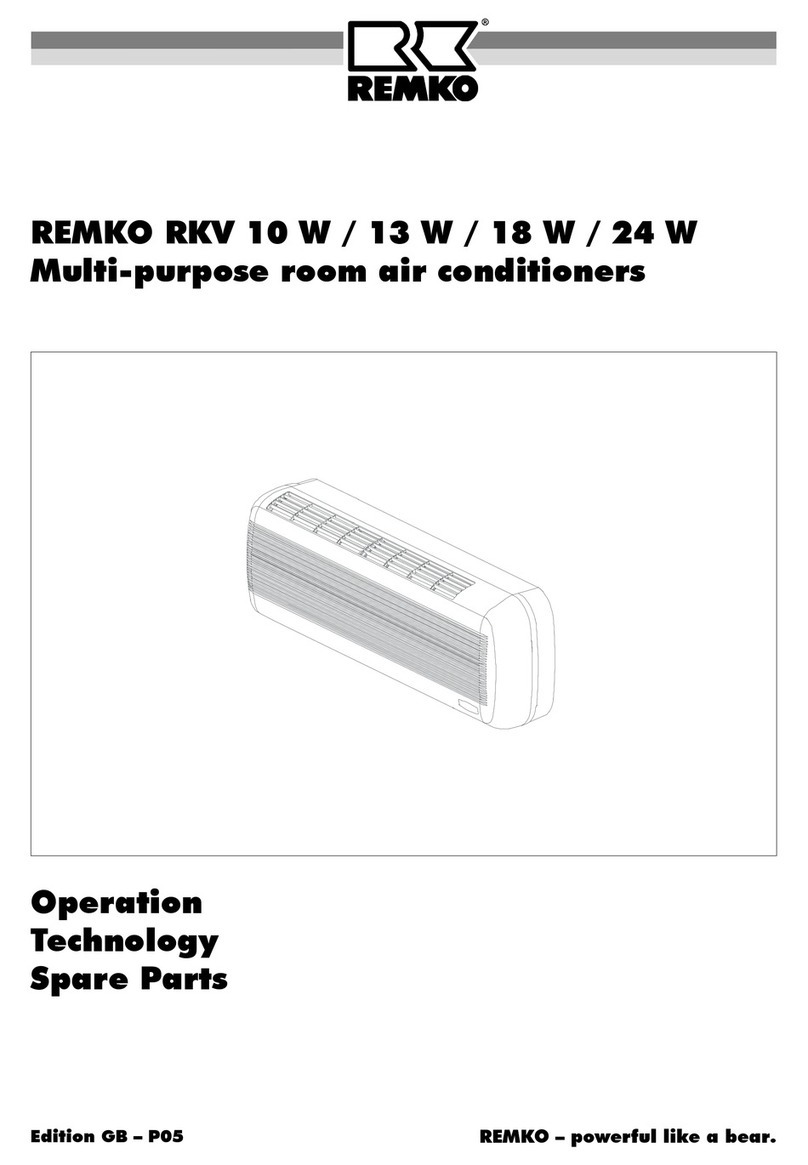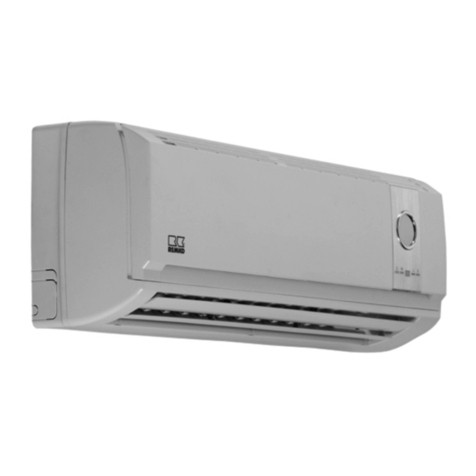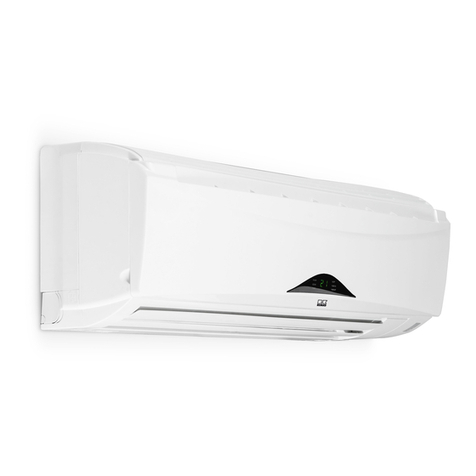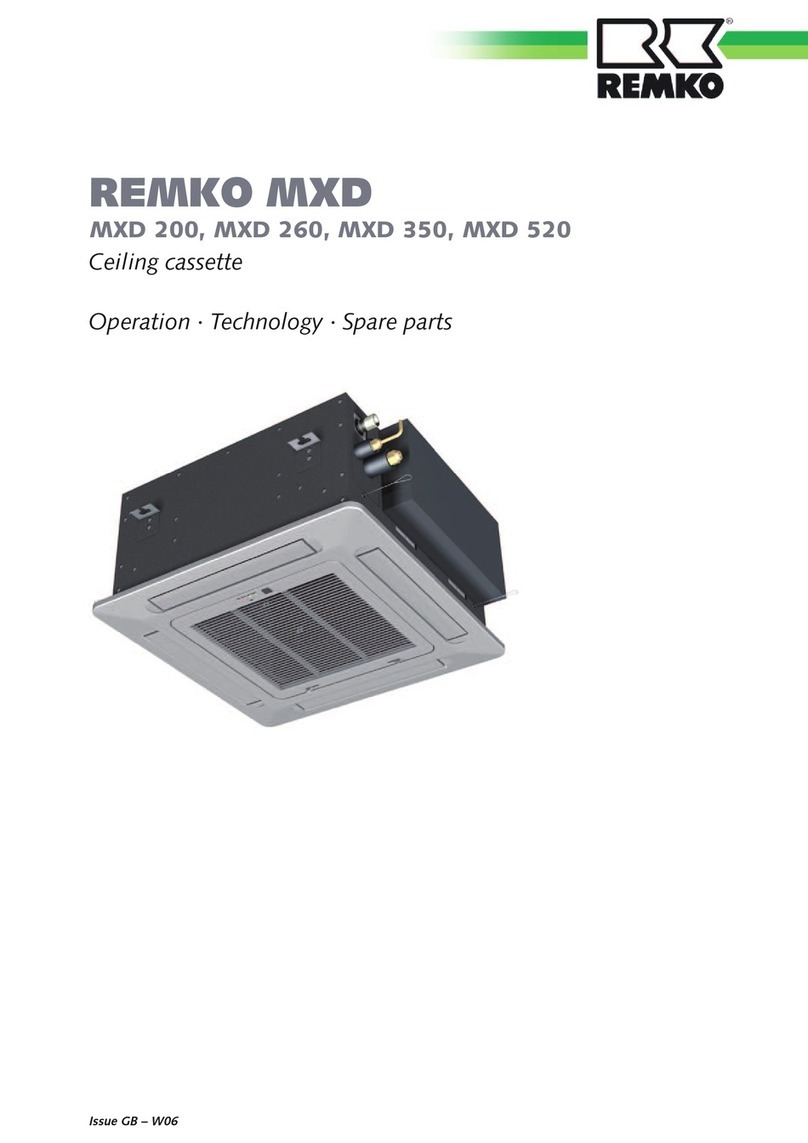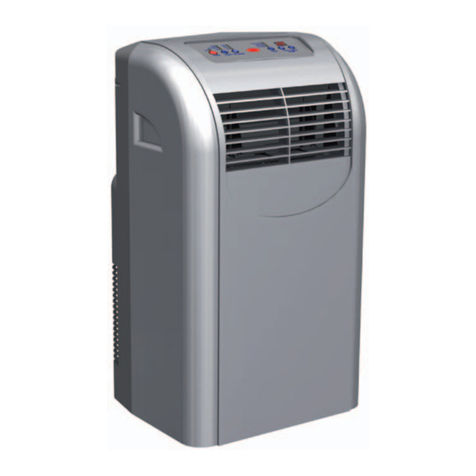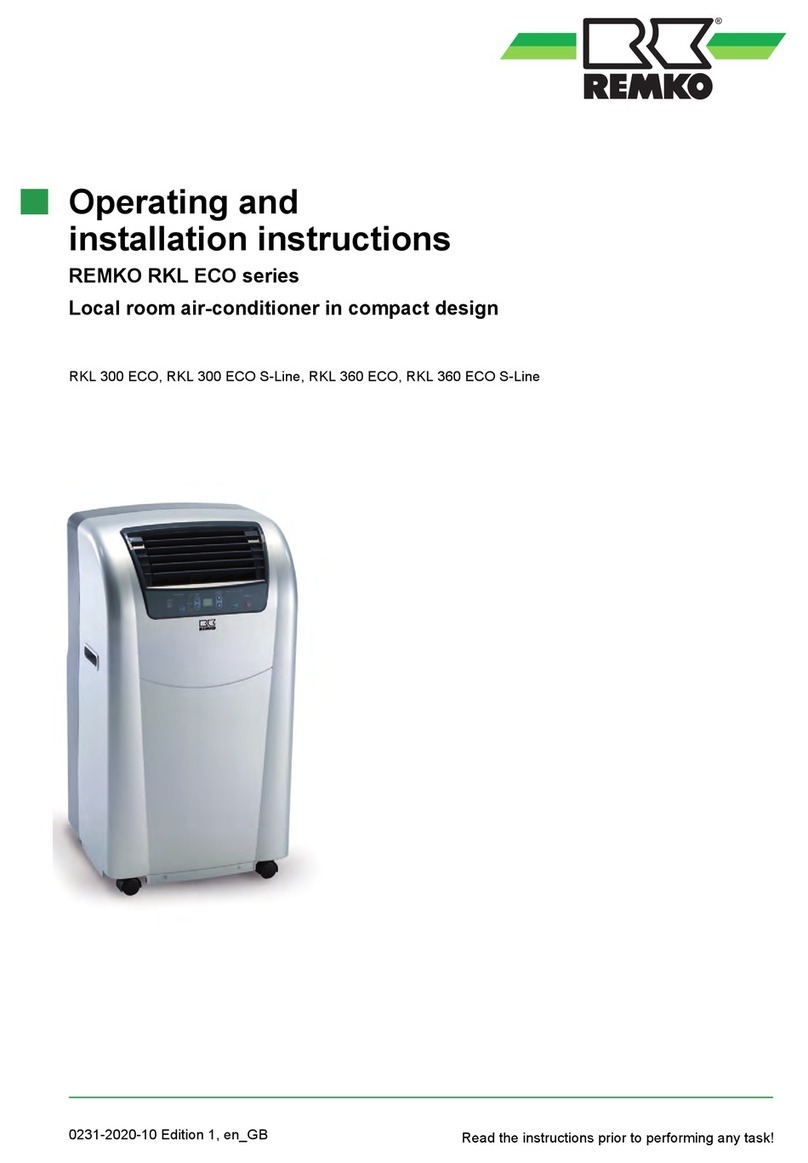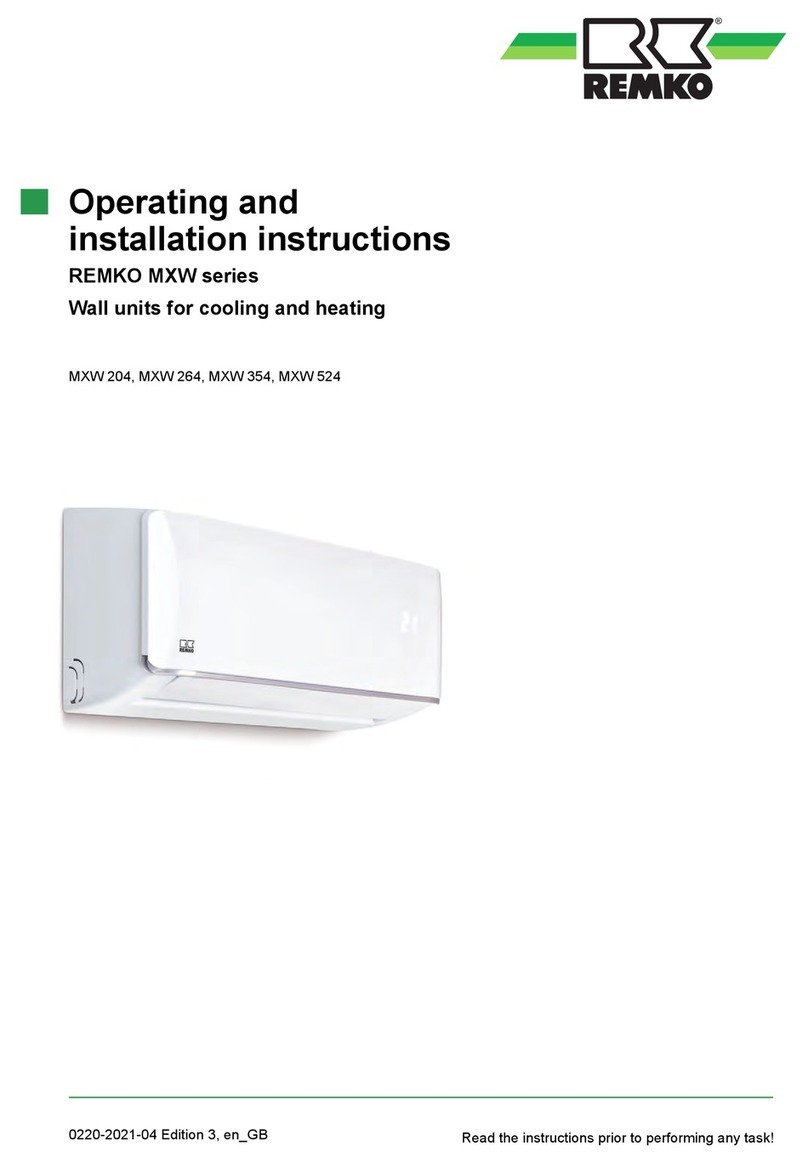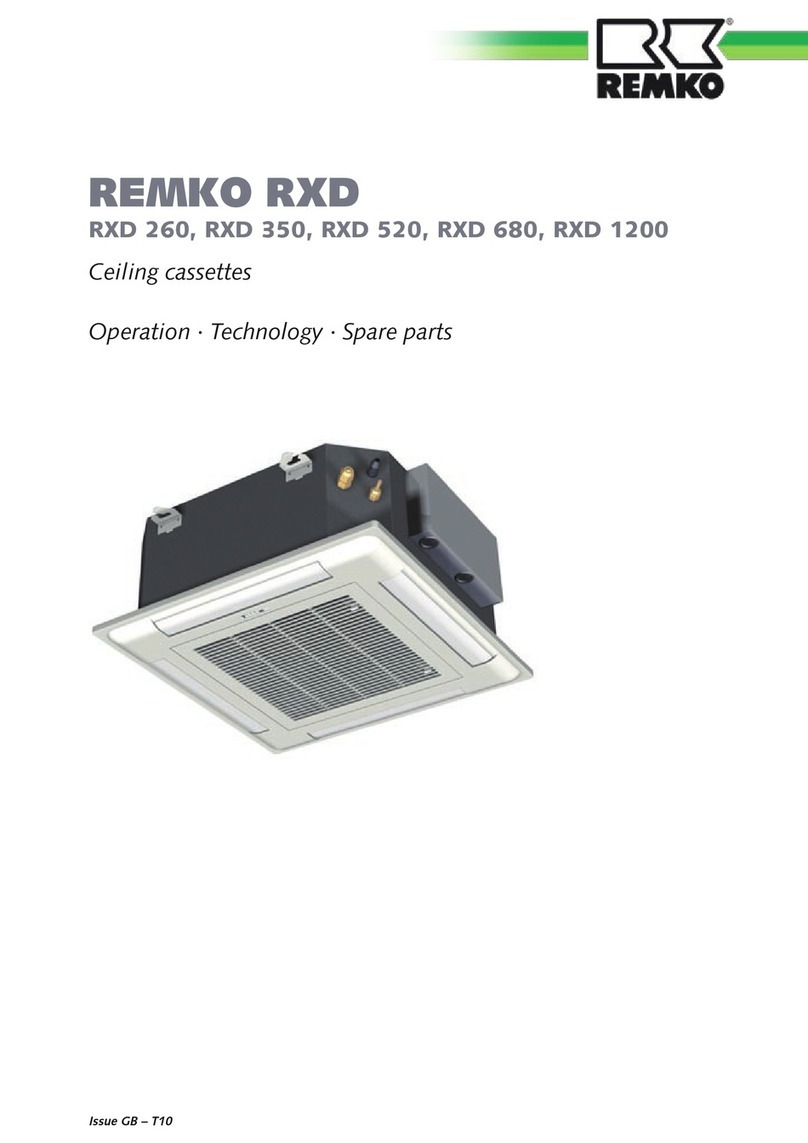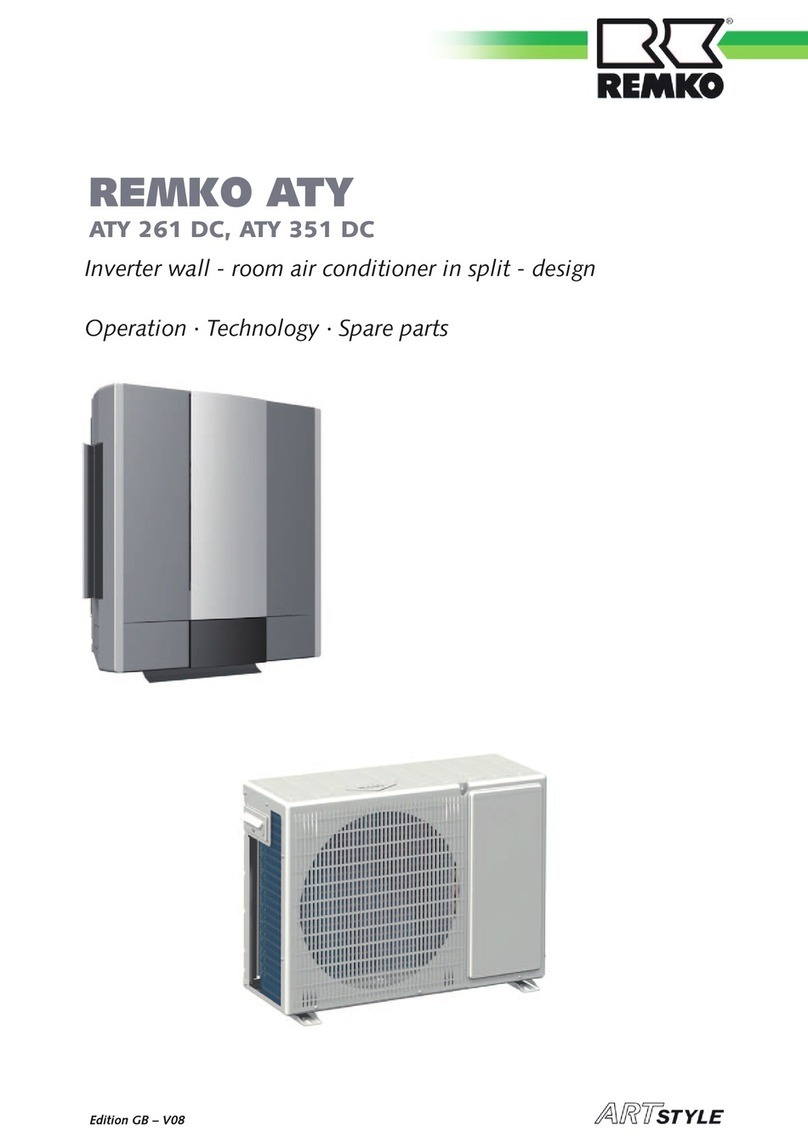
Safety notes
Disposal of packaging
All products are packed for
transport in environmentally
friendly materials. Make a valuable
contribution to reducing waste
and sustaining raw materials. Only
dispose of packaging at approved
collection points.
Disposal of equipment
and components
Only recyclable materials are used
in the manufacture of the devices
and components.
Help protect the environment
by ensuring that the devices
or components (for example
batteries) are not disposed in
household waste, but only in
accordance with local regulations
and in an environmentally safe
manner, e.g. using certified firms
and recycling specialists or at
collection points.
Environmental
protection
and recycling
Carefully read the operating
instructions before commissioning
the equipment for service. It
provides useful tips and information
as well as hazard warnings
to prevent injury or material
damage . Failure to follow the
directions in this manual can result
in endangerment to persons, the
environment and the equipment
itself and will void any claims for
liability.
■
Keep this manual and the
refrigerant data sheet near the
unit.
■ The unit should be set up
and installed only by qualified
personnel.
■ The installation, connection and
operation of the units and their
components must be carried
out in accordance with the
operating conditions stipulated
in this manual and comply with
all applicable local regulations.
■ Mobile units must be set up
securely on suitable surfaces and
in an upright position. Stationary
units must be permanently
installed for operation.
■ Modification of equipment
and components supplied by
REMKO is not permitted and
can cause malfunctions.
■ Equipment and components
may not be operated in areas
where there is an increased
risk of damage. Observe the
minimum clearances.
■ The electrical supply is to be
adapted to the requirements
of the equipment.
■ The operational safety of
equipment and components
is only assured if they are
fully assembled and used as
intended. Safety devices may
not be modified or bypassed.
■ Do not operate equipment
or components with obvious
defects or signs of damage.
■ All housing parts and openings
in the device, e.g. air intakes
and outlets, must be free of
foreign objects, fluids, or gases.
■ The equipment and components
must be kept an adequate
distance from flammable,
explosive, combustible, abrasive
and dirty areas or atmospheres.
■ Touching some parts of the
equipment can result in burns or
other injury.
■ Installation, repair and
maintenance work may be
carried out only by authorised
specialists. Visual inspections
and cleaning can be performed
by the operator as long as
power is disconnected from the
equipment.
■ To preclude any danger from
the equipment, take appropriate
hazard-prevention measures
when performing installation,
repair or maintenance work or
cleaning the equipment.
■ The equipment or components
are not to be exposed to any
mechanical stresses, extreme
levels of humidity or direct
sunlight.
Guarantee
Prerequisite for any claims under
guarantee is that the that the or-
dering party or their representative
complete and return the "certificate
of guarantee" and "commissioning
report" to REMKO GmbH & Co. KG
at the time when the equipment
and that the said documents are
returned to REMKO GmbH & Co.
KG. Guarantee terms are listed in
the "General Business and Delivery
Conditions". Furthermore, only
the parties to a contract can strike
special agreements beyond these
conditions. In this case, first contact
the contractual partner.
REMKO KWL (H)
4
